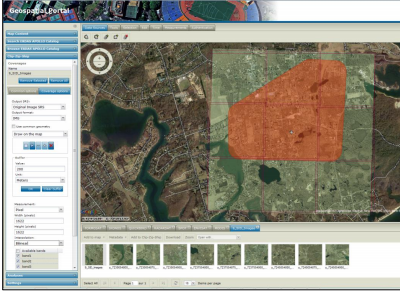
Generally, a semi-arid or desert climate prevails in Xinjiang. It includes Xinjiang Uyghur Autonomous Region, Qinghai Province, Gansu Province, Ningxia Hui Autonomous Region and Inner Mongolia Autonomous Region with eight famous deserts in China. The study area of this paper is located in northern China (31☀9′N- 53☂3′N, 73☄0′E- 126☀4′E) ( Fig. Understanding desertification processes and causes are important to provide reasonable and effective control measures for preventing desertification. To alleviate the multifaceted environmental degradation, Chinese government has implemented several ecological restoration programs that have deeply affected the structure and function of grassland ecosystems. It becomes an original region of sandstorms. This region is sensitive to climate change and human intervention. In northern China, natural vegetation is being transformed into agricultural lands at a faster rate, endangering ecosystem services and increasing soil-loss potential, which may trigger land degradation. Results will provide a basis for combating desertification. A new spectral index called Normalized Difference Desertification Index (NDDI) derived from MODIS surface reflectance data was used to acquire the aeolian desertification land distribution. In this study, a remote sensing method was used to obtain the aeolian desertification land distribution in northern China. This survey takes a lot of manpower, material and financial resources with a lack of sequential dynamic monitoring. Desertification lands occupy an area about 2.61 million km 2 and spread across 18 provinces accounting for 27.20% of the country’s land area by 2014 12. In China, desertification area survey was conducted once every five years since 1994. The result shows that natural factors are the primary reason for aeolian desertification in northern China during the past 15 years. Here we used Convergent Cross Mapping (CCM) model to explore the causality of aeolian desertification. Many studies showed that desertification was resulting from various processes and reasons including natural and anthropogenic factors 7, 8, 9, 10, 11. It is also highly related to issues such as declining productivity, biodiversity loss, land degradation, and declining ecosystem services 2, 3, 4, 5, 6. Continuous aeolian desertification has a serious influence on the biosphere.

Meanwhile aeolian desertification is the most important desertification type in China with serious environmental and socioeconomic problems in arid, semi-arid, and dry sub- humid zones. It is caused by a variety of factors, such as climate change and human activities 1. For the desertification in China, we are greatly convinced that desertification prevention is better than control.ĭesertification is a type of land degradation in which a relatively dry land region becomes increasingly arid, typically losing its bodies of water as well as vegetation and wildlife. We infer that aeolian desertification is greatly affected by natural factors compared with anthropogenic factors. Aeolian desertification area with wind speed indicates feedback (bi-directional causality) between the two variables with significant signal (P < 0.01).

However, there is no obvious forcing for the aeolian desertification area and precipitation. Meanwhile, we find aeolian desertification area is significantly affected by temperature, as expected. It suggests that aeolian desertification area with population indicates feedback (bi-directional causality) between the two variables (P < 0.05), but forcing of aeolian desertification area by population is weak. Then we analyze spatial-temporal change of aeolian desertification area and detect its possible influencing factors, such as precipitation, temperature, wind speed and population by Convergent Cross Mapping (CCM) model. This method, which is based on Normalized Difference Desertification Index (NDDI) calculated by band1 & band2 of MODIS reflectance data (MODIS09A1). Here we exploit Gaofen-1(GF-1) and Moderate Resolution Imaging Spectroradiometer (MODIS) data to develop a quick and efficient method for large scale aeolian desertification dynamic monitoring in northern China.

Aeolian desertification is poorly understood despite its importance for indicating environment change.


 0 kommentar(er)
0 kommentar(er)
